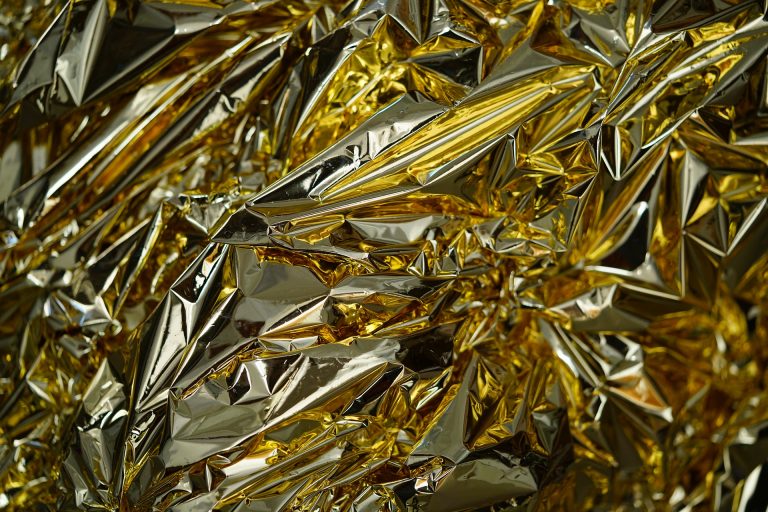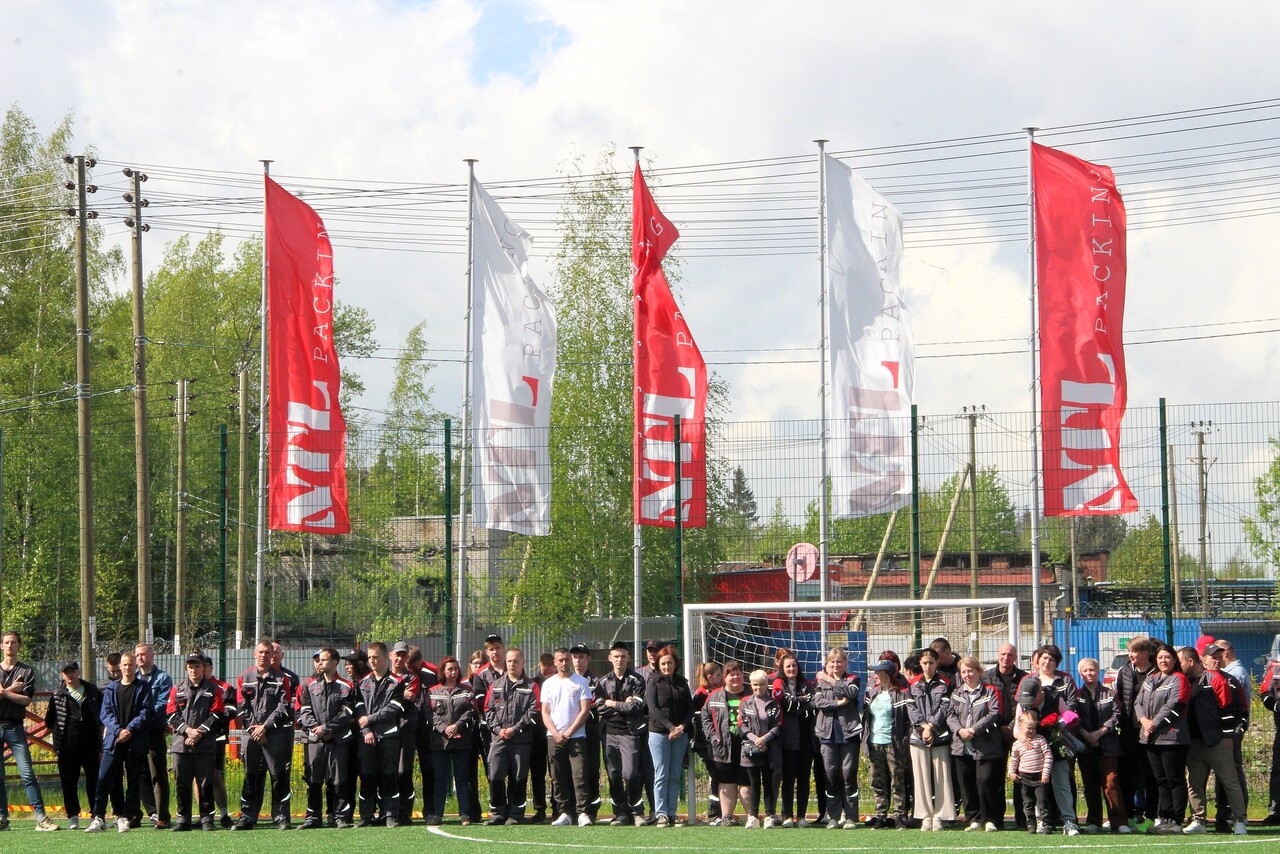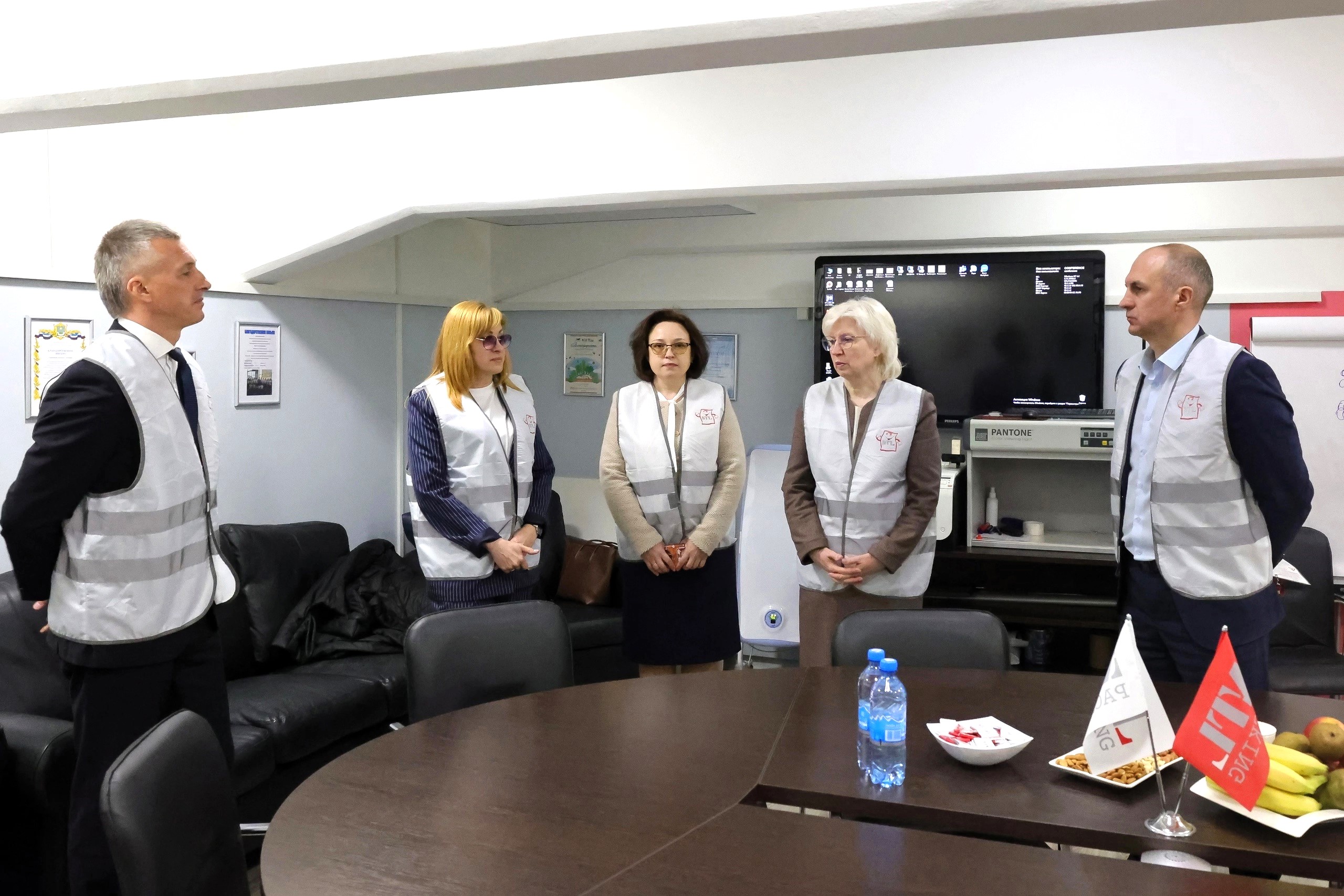Metallized films and their use in packaging. Competitive advantages

According to marketing research by RESEARCHANDMARKETS, the average annual growth rate of the metallized film market is about 5% and by 2023 it will be estimated at almost 3 billion US dollars. This explosive growth is associated with a significant increase in the use of the material in the end-use industries, among which the packaging industry ranks first. The popularity of metallized film as a material for packaging food and medicine is due to its ability to increase the shelf life, preserve the appearance and taste of products.
What is the material?
Metallized films are produced on the basis of a polymer film on which a thin layer of metal is deposited – most often aluminum, which is widely used in the food industry, but nickel and chromium can also be used. The resulting thin coating, of the order of 0.1 microns, does not fade, does not change color over time, but most importantly, it reduces the permeability of the packaging material to light, water and oxygen, which contribute to the deterioration of food or pharmaceuticals.
Various polymer films undergo metallization, their properties are preserved in the final material. Among these films:
- polyethylene terephthalate;
- polystyrene;
- polypropylene;
- PVC and cellulose films.
Metallized films can be single-layer, as well as, by lamination or coextrusion, multilayer, which provides for the presence of one or more barrier layers of the package for additional protection of the product. Depending on the required final properties of the packaging, the optimal combination of films in the multilayer material is selected. For example, for packaging chocolate, coffee or snacks, a film is used that consists of a polypropylene layer and a layer of metallized polypropylene polymer film.
Competitive advantages
The unique combination of properties of metallized films makes them an excellent packaging solution for food and pharmaceuticals:
- A wide range of protective properties. Metallized films reflect up to 75% of light and create an effective barrier to water vapor and oxygen, having a permeability of 0.31-0.46 g / m2. This figure is much lower than that of the closest competitors of the material – foil films.
- Resistant to mechanical stress, therefore, convenient for transporting goods.
- They have an attractive appearance, they are perfectly printed on.
- They are inert to the contents of the package. Since metallized films are based on polymers, such packaging is safe for the food itself, which is packed in it.



